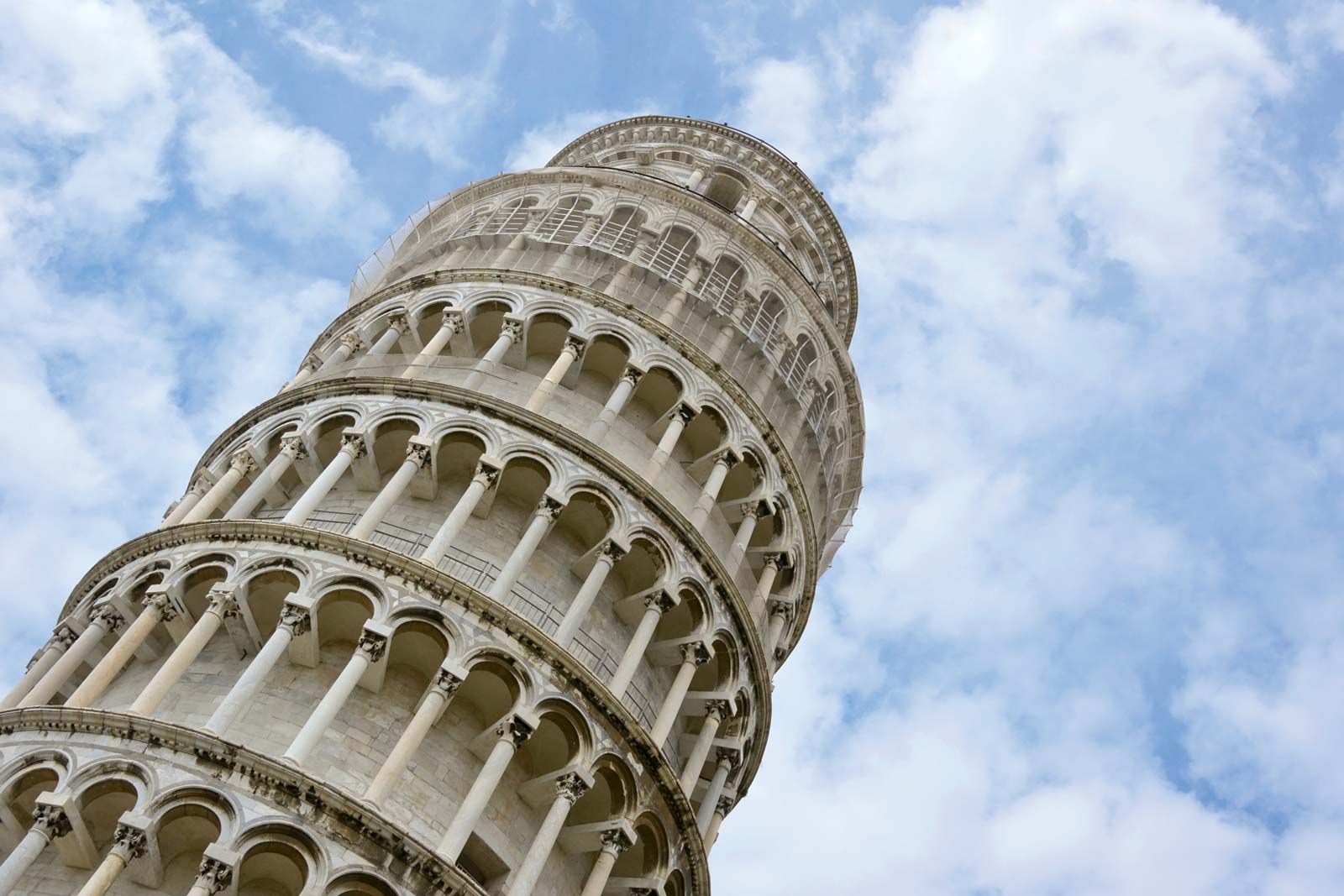The Leaning Tower of Pisa is one of the most recognizable landmarks in the world, famous for its unintentional tilt. But why exactly is this Italian medieval structure leaning? This article explores the history of the tower’s construction and the reasons behind its iconic lean.
The Unstable Foundation: A Construction Flaw
Construction of the Pisa Tower began in 1173 as the third and final structure of the city’s cathedral complex. The tower, intended to stand 185 feet (56 meters) tall, was built entirely of white marble. However, only three of the planned eight stories were completed before the foundation, laid in soft, unstable ground, began to settle unevenly, causing the tower to lean.
War and a Pause: An Unintentional Solution
Fortunately, war interrupted construction for almost a century. This unintentional pause allowed the foundation to settle further, likely preventing the tower’s early collapse. When construction resumed, engineers attempted to compensate for the lean by building subsequent stories taller on the shorter side. This attempt, however, only exacerbated the problem, causing the tower to sink further into the ground.
Completing the Tower: A Continuing Challenge
Despite ongoing issues with the lean, construction was eventually completed in the 14th century. The tower boasts two internal spiral staircases, one with two extra steps to account for the tilt, leading to the bell chamber at the top. Seven bells, the heaviest weighing over 8,000 pounds, were installed over the next four centuries. Concerns about the bells’ movement potentially worsening the lean led to their silencing in the early 20th century.
Modern Interventions: Stabilizing an Icon
By the late 20th century, the tower was subsiding at an alarming rate and faced the threat of collapse. A major stabilization project, initiated in 1990, involved removing soil from beneath the higher side of the foundation. This effort reduced the lean by 17 inches and significantly improved the tower’s stability. The project concluded in 2001, and the tower reopened to visitors. In 2008, sensors confirmed that the leaning had stopped, with a total reduction of 19 inches. Engineers are confident that the tower will remain stable for at least two centuries.
Conclusion: A Monument to Engineering Challenges
The Leaning Tower of Pisa stands as a testament to both engineering ingenuity and the unpredictable nature of construction. Its lean, caused by a flawed foundation and exacerbated by early attempts at correction, has become its defining feature, attracting millions of visitors each year and securing its place in history. The tower’s ongoing stability, thanks to modern engineering solutions, ensures that this iconic landmark will continue to fascinate and inspire future generations.

